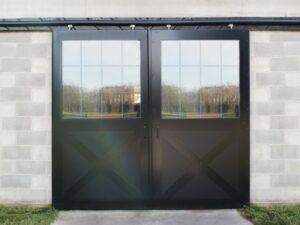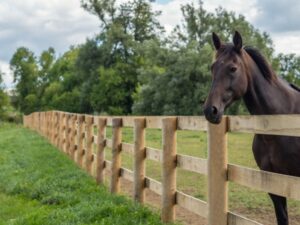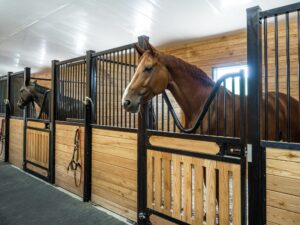Horse hair is in the air – and so is spring! Our equine friends can’t wait to get outside and graze to their heart’s content. In this article, we’re going to look at some things you can do to help keep your horses happy and healthy during turnout this spring.
Pros of a Regular Turnout
There are so many health benefits that your horse can experience from regular turnout time! The slow, continuous exercise horses experience during turnout keeps their joints flexible, builds strength in their bones, muscles, and heart, increases circulation, and even stimulates intestinal movement.
Turnout before riding helps loosen stiff muscles and burn excess energy. Turnout after riding can also help to prevent the formation of muscle knots.
Taking a Proactive Approach
Keep your horses happy and healthy during turnouts. Make sure that you discuss the risk of laminitis for some horses on lush grass with your vet, especially if your horse is prone to laminitis or insulin resistance.
Horses can get injured now and then while they play outside. Be sure to monitor your horse, especially if they have been injured in the past or are prone to future injury. Take a proactive approach and inspect the area where your horse will be to ensure that it is both safe and comfortable. Always be vigilant – a horse can also lose a shoe while in the paddock, but horses can lose about the same number of shoes while riding as they do once turned out.
Your Spring Turnout Checklist
Take It Slow
Introduce your horse to turnout time gradually to avoid sudden diet changes and prevent colic or laminitis. Start turning out for one hour a few times per day. Increase this time by ten minutes per day, until your horse reaches the desired number of turnout hours.
Feed Beforehand
Feed your horse before turning him out to avoid gorging on all the new, lush grass. If your horse just gorges because it’s their personality, there are grazing muzzles available to help him or her not eat so much.
Check the NSC Levels
NSC, or nonstructural carbohydrate, is a measure of sugar and starch levels in forages and grains. Too much can cause problems, such as colic or laminitis. Grass has the lowest amount of NSC in the evening and the highest amount at mid-day. NSC Levels are also highest in early spring.
Watch Their Body Condition
Keep an eye on your horse’s condition with a body conditioning scorecard. Consider more exercise or a grazing muzzle if your horse starts to look a little plump. Watch for the development of fat deposits around his tailhead, shoulders, loin, or neck, as these may be signs of serious issues, such as insulin resistance.
Check fencing
Before doing any of the above, check your fence and make sure that there are no breaks and that no damage was caused during the winter that your horse could get hurt on or escape through. Specifically for board fencing – check that nails are not sticking out, fix broken boards and inspect that a spear from the board has not developed over the winter that could impale a horse playing on a fence line.
For electric fences, clear the lines of debris that has fallen over the course of the winter, as any branches will short out the fence. For flex or tension-style fencing, do not tighten until the ground has stabilized. Hardened so you can drive a truck through the field is a good rule of thumb.
Keep in Mind…
Size of the Paddock
50×50 for individual turnout gives them enough area to move, but not too much that they can gain a lot of speed in a paddock.
Uses for the Paddock
Group turnout will need larger paddocks. Typically in Eastern Canada and the U.S., an acre per horse is recommended, especially in low water areas that size can be a lot bigger.
Condition of the Paddock
Over the winter when you first turnout, your paddock may have been destroyed from turning horses out too late in the fall or too early in the spring. Consider temporary fencing to divide your paddock and give one part of your paddock time to rejuvenate. This also allows the horses to any graze the grass that you want them to graze on.
Equine Fencing with System Equine
If your equine fencing is falling apart or in need of a makeover, consider starting fresh. We manufacture the highest-quality fences and fencing hardware in the U.S. and Canada. Feel free to contact our team of experts at System Equine if you need help choosing, designing or installing a fence that will last and hold up to horses who think the grass is greener on the other side.






